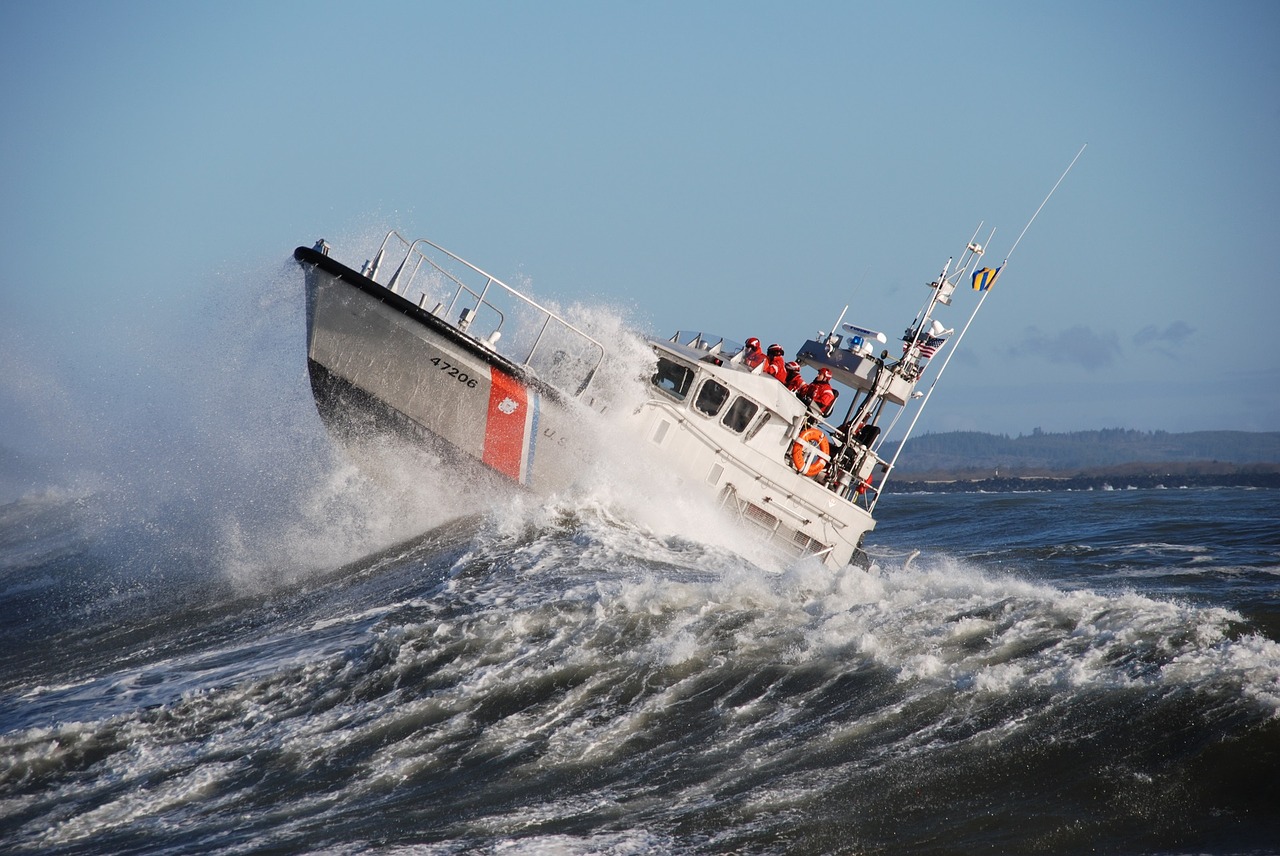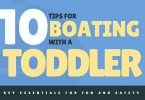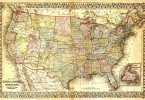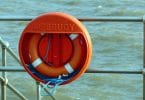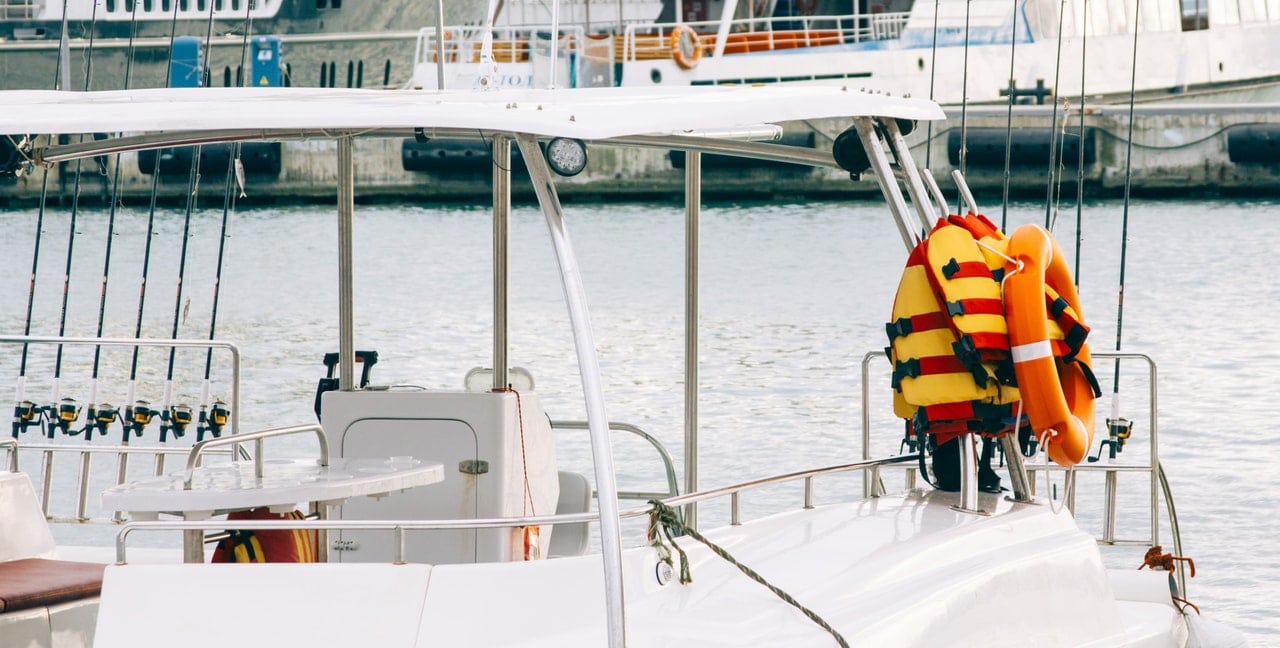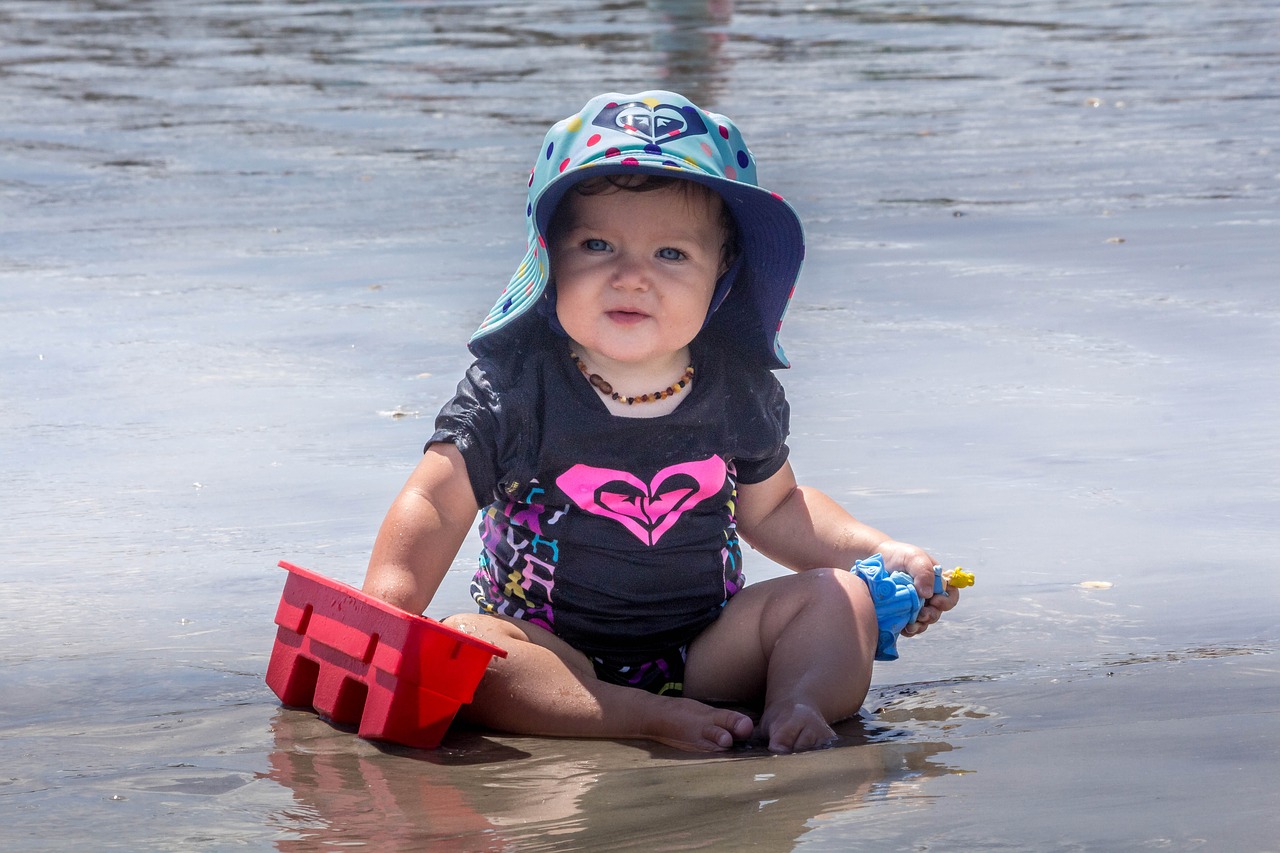 No one really wants to wait for an emergency before finding out whether there are appropriate life jackets on board. In an emergency, you want to be confident that you have the right safety gear aboard. When seconds can mean life and death, that’s not the time to read tags to find out what US coast guard approved life jackets you have. Therefore, we want to spend some time here going over the various USCG life jacket types, to make clear sense of it.
No one really wants to wait for an emergency before finding out whether there are appropriate life jackets on board. In an emergency, you want to be confident that you have the right safety gear aboard. When seconds can mean life and death, that’s not the time to read tags to find out what US coast guard approved life jackets you have. Therefore, we want to spend some time here going over the various USCG life jacket types, to make clear sense of it.
Are all jackets US Coast Guard Approved Life Jackets?
You may be wondering whether all life jackets are US Coast Guard approved life jackets. The answer is NO! Some life vests or flotation devices are not approved USCG life jacket types. That is why it is very important to check the label for all pertinent information before buying a life vest. The label of all US Coast Guard approved life jackets contains a statement that it is approved, with an approval number. This guarantees that the life vest is approved as a USCG life jacket types. When the Coast Guard stops you on the water to do a safety check, they will almost always check whether you have the right life jackets onboard. So keep in mind your on-water activity and whether you need to have US Coast Guard approved life jackets.
USCG Life Jacket Types
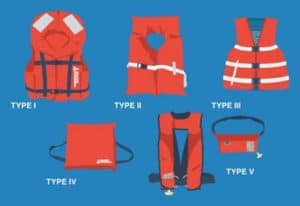 There are 5 categories USCG life jacket types that you will see when you shop. They are labeled Type I through IV. Each type corresponds to the type of activity you’re engaged in. It is important to have the right life jacket for the right activity. Think of it like having the right tool for the job. You wouldn’t cut a 2×4 with a knife, or use a chainsaw to cut your sandwich, right (hopefully!)? Or in this case, you wouldn’t want a pool floaty if you have an emergency a mile off-shore and have to abandon ship. While you’re looking at the label, make sure that it has the USCG life jacket types approval on there!
There are 5 categories USCG life jacket types that you will see when you shop. They are labeled Type I through IV. Each type corresponds to the type of activity you’re engaged in. It is important to have the right life jacket for the right activity. Think of it like having the right tool for the job. You wouldn’t cut a 2×4 with a knife, or use a chainsaw to cut your sandwich, right (hopefully!)? Or in this case, you wouldn’t want a pool floaty if you have an emergency a mile off-shore and have to abandon ship. While you’re looking at the label, make sure that it has the USCG life jacket types approval on there!
Pay special attention to key factors of the various US Coast guard approved life jackets. These are minimum buoyancy, activity type, and other safety features. Let’s run through some of these real quick:
Inherently buoyant vs inflatable
Inherently buoyant or inflatable? Most types come in both flavors, and the difference is that one is always at its maximum shape/size, while an inflatable is generally compact and inflates when needed. Ever see those stiff, orange foam life jackets on ferries or tour boats? Those are inherently buoyant, and they always stay the same shape. The downside is that they are usually bulky and uncomfortable for long periods of time. The upside of inflatable life jackets is that they are generally compact and out of the way, until they’re needed.
Another consideration to keep in mind is that you need to maintain the inflatable US Coast Guard approved life jackets, especially if they have an automatic inflation device. For inflatable jackets, there is a CO2 cartridge that fires when the jacket is submerged into the water and pumps air into the compartments. So, you need to keep an eye out on the mechanism to make sure it’s in working condition.
In the end, it sometimes comes down to preference and the activity type, as that can further inform you which type may be more suited for you.
Activity types
Offshore, near-shore, rough waters, protected waters? These are the questions you need to ask yourself when considering the type of activity you’ll be engaged in. Each jacket type corresponds to the type of activity as it has different features that are useful for each situation.
Safety Features
Minimum buoyancy, neck support, activity type, manual backup for automatic inflatables; These are the additional factors to keep in mind. The minimum buoyancy is what the USCG life jacket types will support in the water. Most life jackets range from 15 lbs. to 22 lbs. of buoyancy. We’ll save the math behind this calculation for another article, but a 200 pound person weighs about 10 pounds in the water. So a 15 pound rated life jacket will have no problem keeping that person afloat.
Neck support is another factor you should consider as that can help the life jacket turn an unconscious wearer face up. In a really severe situation, you wouldn’t want to be knocked unconscious, thrown in the water, and then drown from your head facing down.
Now that we have that out of the way, let’s look at the USCG life jacket types, and dig into what each means:
Type I
Type I US Coast Guard approved life jackets are meant for cruising, racing, offshore fishing or for stormy conditions. These are usually hardy life jackets meant for those that are serious about their on-water activities and need to be self-reliant. The key here is that if things go wrong, rescue may not come right away. Think of the sailors who cross oceans, or fishermen who are out in all kinds of weather. You don’t even have to cross oceans, as storms and weather can change at any time even if you are cruising just offshore. And you know Murphy’s law, you may run into trouble even on a perfectly sunny day.
Another key factor of Type I USCG life jacket types is that they will turn over most unconscious wearers. Should a person get knocked out while falling overboard, the life jacket will turn them face-up so they don’t drown. A very important feature, especially if you are out in open seas where the water can get very rough.
The minimum buoyancy for inherently buoyant life jackets is 22 pounds, and 34 pounds for inflatable type I’s. You’ll be hard-pressed to find an Inflatable Type I just because they are so extremely expensive to make that there aren’t any available for the general public!
Type II
These life jackets are recommended for use where chances of immediate rescue are good. This means that they are best for inland water near shore. Although they can be used for offshore, these US Coast Guard approved life jackets are not meant for extended survival in rough water. They will often require you to tread water to keep your head above water. If you get knocked out, the Type II USCG life jacket types will only turn SOME wearers over.
The inflatable Type II USCG life jackets are recommended for dinghy sailing, inland cruising and racing. Since they provide the floatation but also allow for a big range of motion, they are generally more desirable. The inflatable life jackets are also more buoyant as the minimum buoyancy for them is 34 pounds. Just remember to keep them in good maintenance and fully charged.
In summary, the Type II US Coast Guard approved life jackets provide less floatation than Type I.
Type III
When you look for Type III US Coast Guard approved life jackets, you are most likely taking part in activities in protected, inland water where chance of immediate rescue is very good. The life jackets are good for a wide range of activities such as sailing, dinghy races, water skiing, fishing, kayaking and more.
The inherently buoyant Type III USCG life jacket types are rated for 15.5 pounds minimum buoyancy, while inflatables should be at least 22.5 pounds. While having a good buoyancy rating, these are not intended for extended survival in rough waters, hence why it’s important to know that rescue should arrive quickly.
Type IV
Type IV US Coast Guard approved life jackets are actually throwable devices meant to throw to someone in need. What does this mean? It means you generally don’t wear them, but in some cases you must have them on board. They are used in Man Overboard (MOB) situations where someone falls into the water and you throw them a Type IV device so they can hang on.
For a ring buoy, the minimum buoyancy is 16.5 pounds and 18 pounds for a boat cushion. Remember that this is meant for calm waters with lots of traffic where help can be provided quickly. It is not meant for non-swimmers, or unconscious people, as they need to hang on.
Another thing to remember is that this device must be immediately available to throw over in case of emergency. If it’s stored in a locker under the seat, that can mean that it’s not immediately available. So be aware and keep it ready to toss overboard in case someone goes in the drink!
Type V
Finally, we come to Type V US Coast Guard approved life jackets. We feel these are very popular and there are some key things everyone should know. There are different flavors of these USCG life jacket types: Special Use, Automatic inflation devices and hybrids.
For special use Type V life jackets, these are designated by their activity type: sailboard harness, decksuit, commercial white water vest or float coats. They are more comfortable than their Type I counterparts, but they provide far less flotation.
When it comes to automatic inflation devices, these US Coast Guard approved life jackets are usually things that look like fanny packs. That’s the one you’ll see most often, even though they can also be decksuits, harness and so on. Again, these are meant to be worn specifically for the intended use.
The hybrid Type V USCG life jacket types are also intended for specific activities. They may be carried instead of another PFD but only if used according to conditions on the label. Most Type V life jackets will say they provide the performance of either a Type I, II, or III, so be sure to check that. Additionally, some may say that it must be worn to satisfy the conditions, so make sure it’s not sitting next to you or it won’t qualify.
- US Coast Guard Approved – Check the label
- Choose the Right Style – Consider your activities
- Choose the Right Fit – Make sure it fits well
- Do the Right Care – Take care of it!
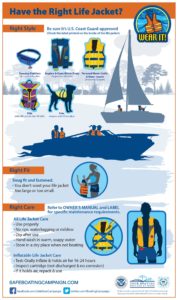
Summary of USCG Life Jacket Types
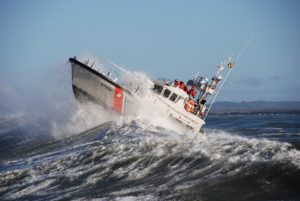 As you can tell, there are many things to consider when evaluating US Coast Guard approved life jackets. The biggest lesson is to make sure you read the label to know what the type is and whether there are any special conditions. Once you have picked out your life jacket, don’t forget about the maintenance of it. You might be inclined to just toss it in a corner and forget about it, but keeping your life jacket in top shape is very important. We think it’s so important that we even wrote about how to clean life jackets! Along with cleaning, make sure you check it regularly for rips and tears as that will affect performance. And if you have an automatically inflatable life jacket, don’t forget to check the CO2 cylinder.
As you can tell, there are many things to consider when evaluating US Coast Guard approved life jackets. The biggest lesson is to make sure you read the label to know what the type is and whether there are any special conditions. Once you have picked out your life jacket, don’t forget about the maintenance of it. You might be inclined to just toss it in a corner and forget about it, but keeping your life jacket in top shape is very important. We think it’s so important that we even wrote about how to clean life jackets! Along with cleaning, make sure you check it regularly for rips and tears as that will affect performance. And if you have an automatically inflatable life jacket, don’t forget to check the CO2 cylinder.
We hope you found this article useful in explaining the various USCG life jacket types. Now it’s time for us to take a break and head out on the water. I think today is a good day to soak up some rays and relax on the lake! After writing about all of these US Coast Guard approved life jackets, I think I’ll go check out which ones are on our boat and if we need to replace them with new ones! Happy and safe boating everyone!

